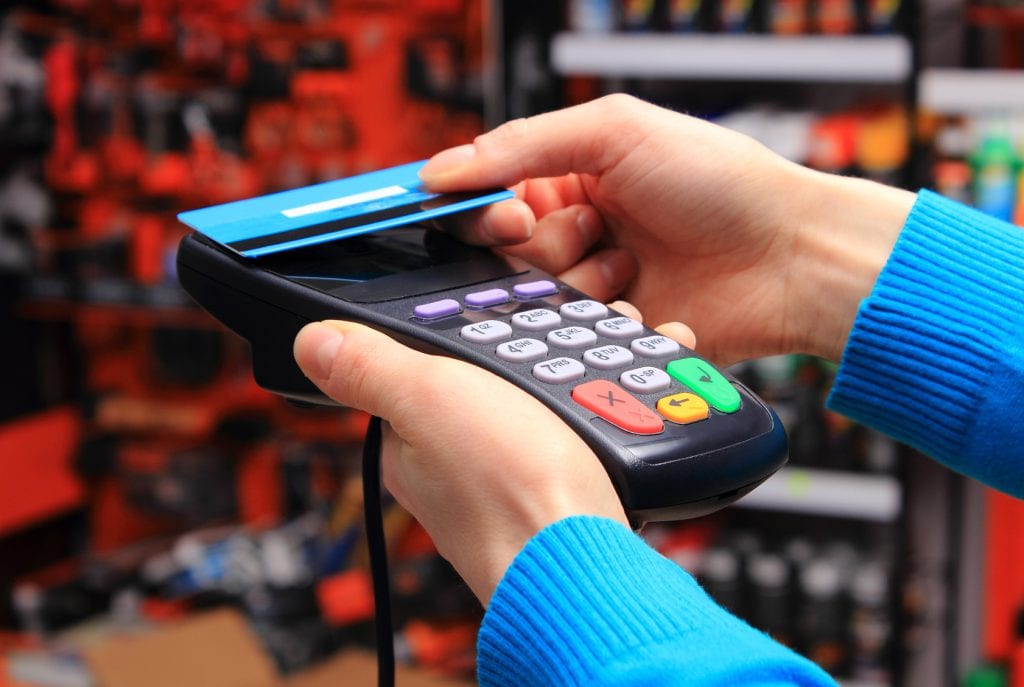This article in Smartbrief.com discusses Visa’s demonstration of NFC contactless in its Washington D.C. Innovation Studio along with other new payment methods, such as a biometric enabled payment. NFC Contactless has been in market for more than 13 years, which gives an indication of how difficult it is to be innovative in payments:
“For the past two weeks, Visa’s pop-up Innovation Station in Washington, D.C. demonstrated the company’s upcoming technological improvements geared towards greater convenience and security. Most notably, Visa hopes to streamline transactions through the adoption of contact-less payment methods.
The pop-up exhibit functioned as a choreographed tour of a typical consumer’s day. Throughout the tour, attendees could see how consumers will be able to pre-order goods, manage their credit cards, more quickly and efficiently navigate public transportation and ensure more secure payment methods using Visa’s new technology. Although many of these innovations depend on contact-less technology, the company hopes the adoption process will take only three to five years.”
Of course slow adoption is only partially Visa’s fault. While slow merchant deployment of NFC can be partially blamed on the aggressive role out of EMV in the US by the networks, the slow adoption is exacerbated by the lackluster issuance of NFC cards by issuers, combined with lackluster adoption of mobile wallets by consumers. This suggests that Visa may be a tad optimistic if the 3 to 5 year adoption prediction for contactless assumes more than 50% of all consumer transactions will be NFC. A better bet might be on contactless writ large to include card-on-file, eCommerce, and purchases conducted through mobile apps.
The biometric solutions identified by Visa and discussed in this article will also need to be re-thought as state and federal regulations (this article identifies why several US senators are calling for more regulation) and consumers become more wary of using physical biometrics collected and stored centrally. The central storage creates a honeypot that criminals will obsess over, so it is more likely that a solution such as that promoted by FIDO will win the day, because the biometrics never leave the consumer’s device and the consumer can decide who they wish to authenticate with while the biometric remains safe in the smartphone.
Overview by Tim Sloane, VP, Payments Innovation at Mercator ADvisory Group
